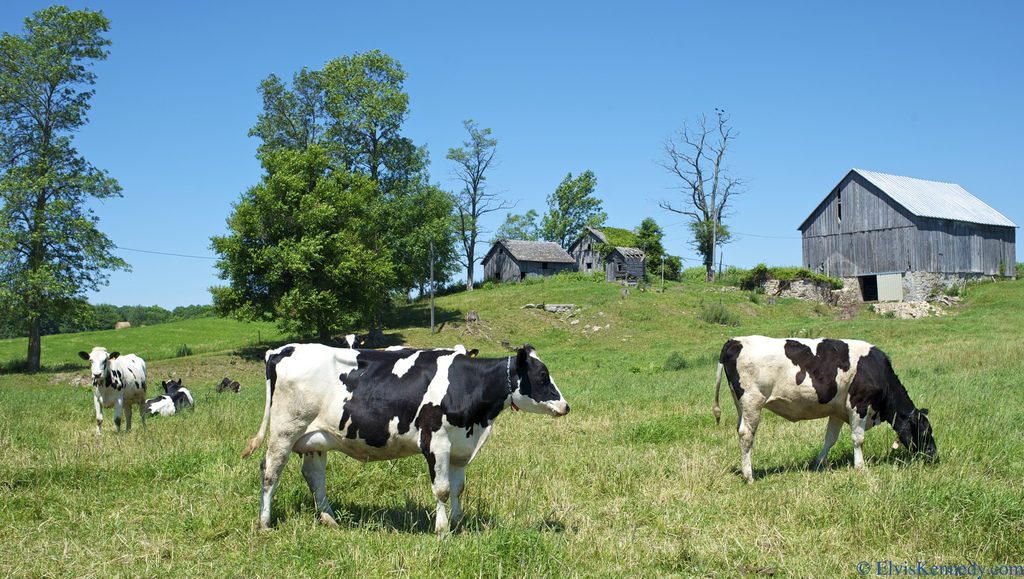Agriculture is a water-intensive practice, which is a concern for US regions that have increasing drought risk. Overuse of water also has negative impacts on land, ecosystems and the economy.
- Agriculture accounts for 40% of California’s water use, through irrigation of approximately nine million acres of farmland. Out of all the water used by California’s businesses and homes, agriculture takes up around 80%.
- Protein from animals has a larger “water footprint,” due to the large quantities of irrigated crops (direct water use) and rainfed crops (indirect water use) livestock consume. In the U.S., beef has roughly six times the water requirement of poultry and three times the requirement of pork.
- Persistent drought and overuse of aquifers and groundwater can cause land to sink, or “subside,” which results in costly damage to infrastructure, including to irrigation channels on which farmers rely.
Agriculture is also a leading source of water pollution, from nutrient runoff, agricultural chemicals and livestock manure. Nutrient runoff into bodies of water promotes the growth of algal blooms, and this is exacerbated by warmer water temperatures resulting from climate change.
- These algal blooms hurt local economies. A bloom in Lake Erie cost approximately $71 million in 2011 from lost tourism and recreation opportunities, lowered property values and water treatment costs.
- Algal blooms are a public health hazard. Harmful algal blooms produce toxins that humans become exposed to through ingestion or skin contact, causing rashes, stomach or liver problems, and neurological effects.
- Livestock animals produce between 3 and 20 times more manure than people in the US, and poor waste management can expose communities to antibiotics and growth hormones, E. coli, and other fecal bacteria and pathogens.
- Water pollution from agriculture also harms ecosystems. Large algal blooms lead to very low levels of oxygen in water, which can kill fish, shellfish and aquatic plants. In 2015, the Gulf of Mexico suffered a “dead zone” that stretched over 6000 square miles, where no marine life could survive as a result of warming waters and nutrient pollution from the Mississippi River.
Agricultural research and “best practices” have the potential lessen water pollution and help mitigate climate change.
- Proper management of nitrogen fertilizers limits nutrient pollution and lowers nitrous oxide emissions, a potent GHG with 300 times the warming potential of CO2.
- Increasing the amount of organic matter in soil makes farmland more drought-resistant, improves water quality, limits water runoff and promotes soil carbon storage.
More resources:
- Los Angeles Times interactive: Eating the drought: How much water goes into your meal?
- World Resources Institute: Shifting Diets


